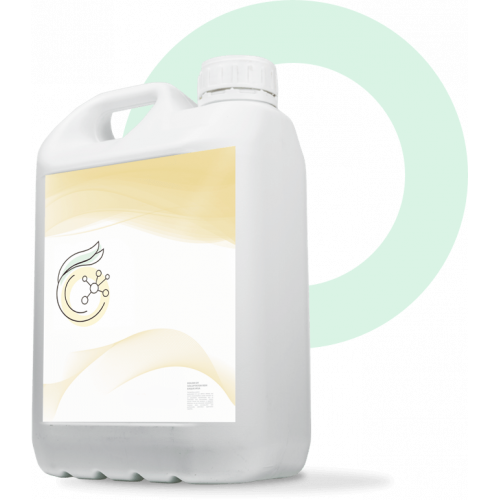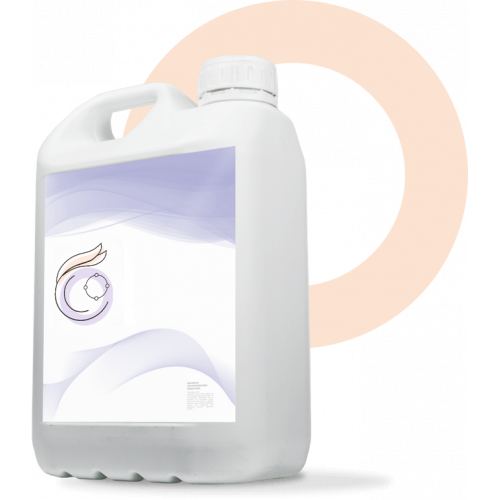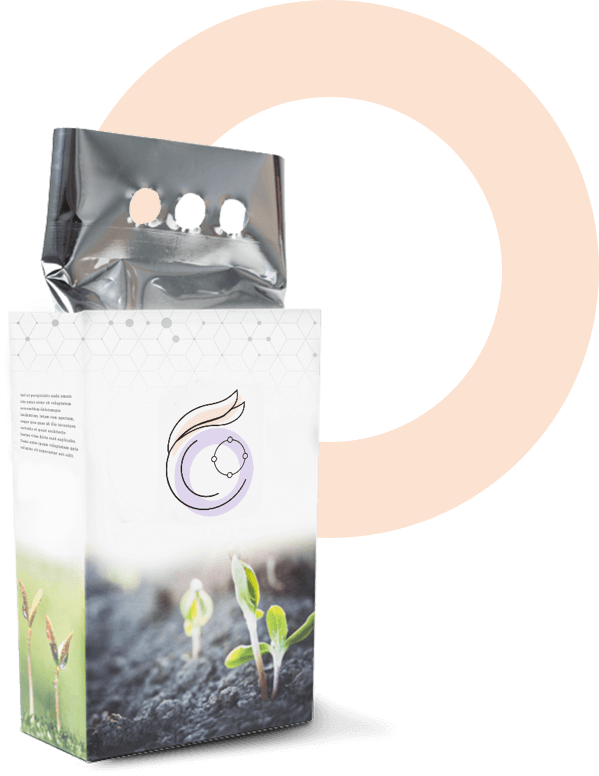SILTRON L is absorbed by the plant in the form of monosilicic acid (H4SiO4), it accumulates mainly in the areas of maximum transpiration (trichomes, spines, etc.) as polymerized polysilicic acid (amorphous silica).
The deposit of SILTRON L between the cuticle and the epidermis of the leaves confers protection to the plants and diminishes the effects of the stress of biotic or abiotic nature. SILTRON L occurs most frequently in areas where water is lost in large amounts, that is, in the foliar epidermis, together with the guard cells of stomata and other epidermal cells. These deposits of SILTRON L in the foliar tissues promote the reduction in the rate of perspiration. In addition to the effect on transpiration, the deposition of SILTRON L on the walls of the cells makes the plants more resistant to the action of fungi and insects. This occurs by the association of SILTRON L with constituents of the cell wall, making them less accessible to the enzymes that produce degradation (mechanical resistance). Fertilization with SILTRON L has shown efficacy in the control of several important diseases, mainly fungi.
Benefits of using SILTRON L in agriculture:
1. The use of silicon in SILTRON L (edaphic or foliar fertilization) has contributed to improve the absorption of macro and micro nutrients by plants.
2. Increase of the productivity of the crops, especially by increasing the resistance of these to the attack of pests, significantly reducing the use of pesticides and agrotoxics.
3. Manifestation of benefits in plants known as accumulators (rice, cane, grasses), as well as in non-accumulating plants of silicon (tomato, some vegetables, etc.).
4. Greater development of the plants, which allows a higher production per hectare cultivated.
5. Protection of the crop against specific diseases of each plant.
| Guaranteed Analysis | (% w/w) |
| Silicon oxide (SiO2) water soluble | 48,50% |
| Silicon (Si) water soluble | 22,70% |







